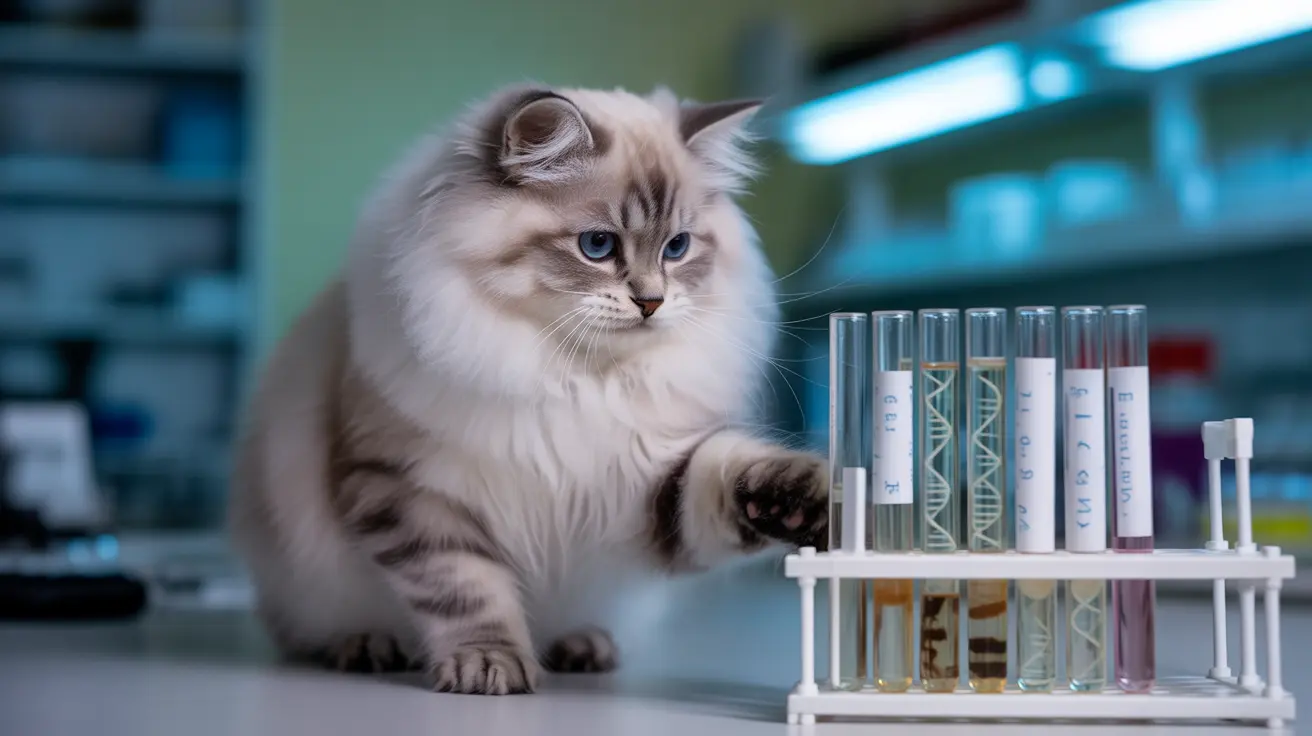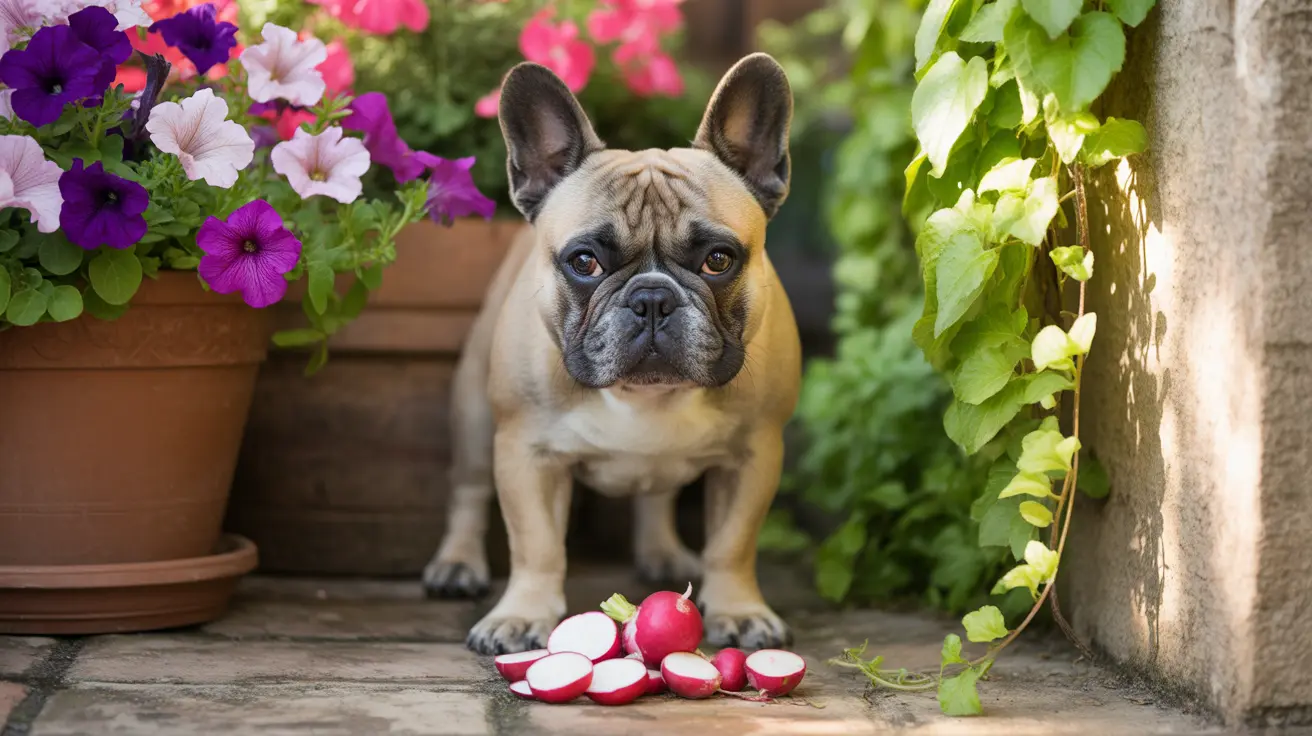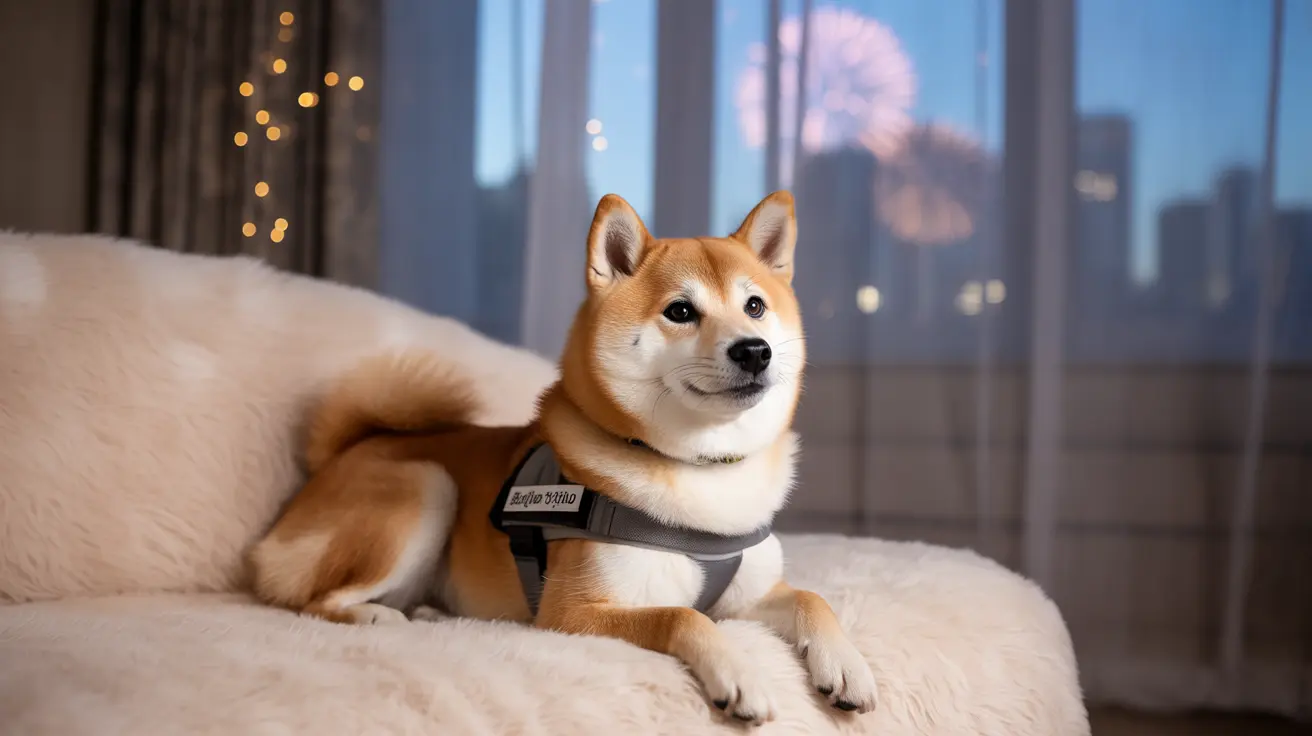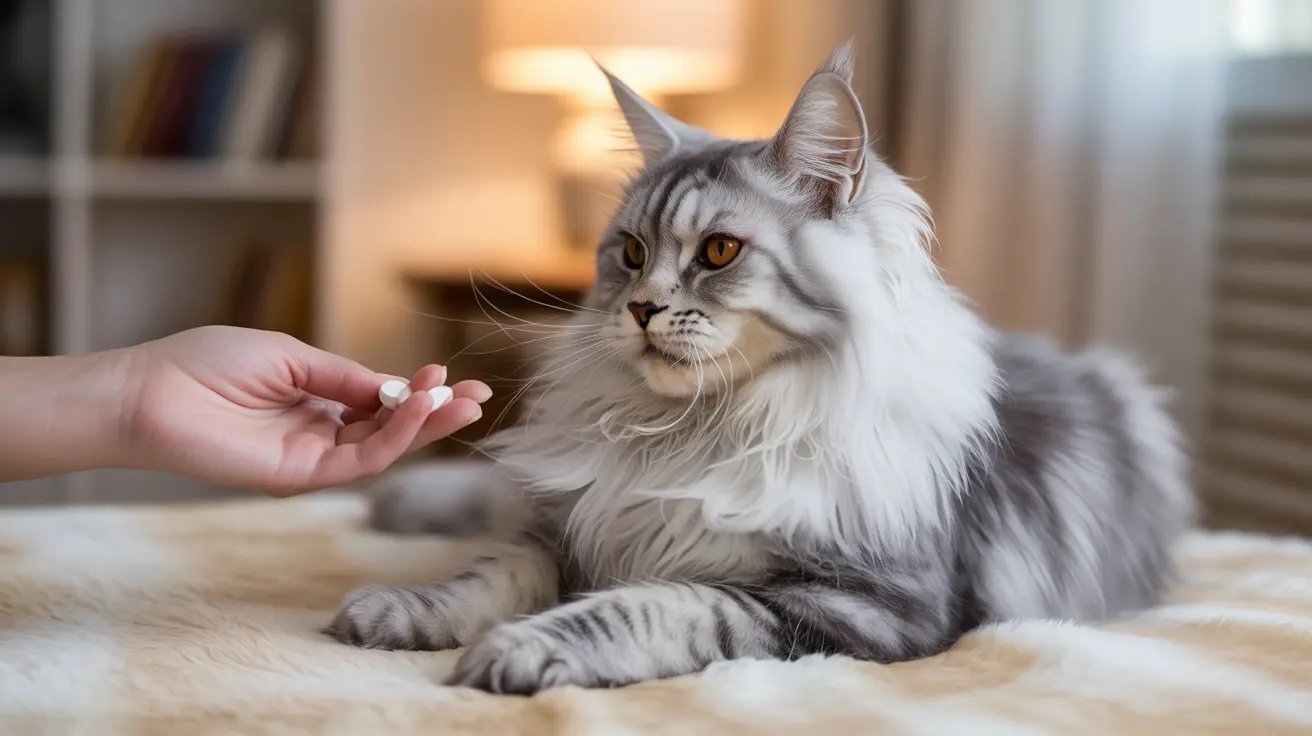The Science Behind Pet Cloning: Understanding Reproductive Cloning Technology
Pet cloning in England utilizes reproductive cloning technology, a sophisticated process that creates genetically identical organisms through somatic cell nuclear transfer. This procedure involves extracting DNA from a skin sample of the original pet and inserting it into an enucleated donor egg cell, where the nucleus has been removed. The reconstructed egg is then stimulated electrically to prompt embryo development, creating a genetic twin of the original animal.
The cloning process begins with preserving genetic material from the donor pet, typically through a simple skin biopsy. These cells are then cultured in laboratory conditions to maintain their viability. Scientists prepare donor egg cells by removing their nuclei, creating empty vessels ready to receive the donor DNA. The transfer of genetic material requires precise timing and conditions to ensure successful integration.
Following DNA transfer, electrical stimulation mimics the natural fertilization process, encouraging the embryo to begin developing. Multiple embryos are typically produced to increase success rates, as cloning efficiency remains relatively low. These embryos are then implanted into surrogate mothers who carry the pregnancies to term under careful veterinary supervision.
Technological Advances Since Dolly
The cloning technology has advanced substantially since Dolly's time, improving success rates and reducing some of the health complications associated with early cloning attempts. Modern techniques have refined the process of resetting adult cells to an embryonic state, making the procedure more reliable and efficient. However, the timeline for pet cloning in England still requires up to a year from initial DNA collection to the birth of the cloned animal.
The Pet Cloning Process: From DNA Collection to Birth
The journey of pet cloning in England typically begins with DNA preservation, which costs approximately £500 for initial genetic material storage. This crucial first step can be performed even after a pet's death, provided the tissue samples are collected within a specific timeframe and properly preserved.
Once the decision to proceed with cloning is made, the genetic material undergoes laboratory preparation where cells are cultured and prepared for the nuclear transfer process. Due to EU restrictions on animal cloning, samples collected in England are often sent to specialized facilities in the United States, particularly to companies like ViaGen Pets & Equine in Texas, for the actual cloning procedure.
Timeline and Expectations
The complete cloning process involves several distinct phases, each requiring careful timing and specialized expertise. After DNA extraction and preparation, multiple donor eggs must be prepared and enucleated. The nuclear transfer procedure itself is performed under microscopic precision, followed by electrical stimulation to activate embryo development.
Embryo implantation into surrogate mothers represents another critical phase, with multiple surrogates often used to increase the likelihood of successful pregnancies. These surrogate animals receive comprehensive veterinary care throughout the pregnancy, with experienced animal caretakers monitoring their health and well-being continuously.
Costs and Financial Considerations of Pet Cloning
Pet cloning in England involves significant financial investment, with costs ranging from €46,000 to nearly €60,000 depending on the animal species and specific requirements. For cats and dogs, the typical cost approaches $50,000, while horse cloning can reach $85,000 due to the increased complexity and size considerations involved in equine reproduction.
These substantial costs reflect the sophisticated technology, specialized expertise, and extended timeline required for successful cloning. The process involves multiple veterinary professionals, laboratory technicians, and animal care specialists working over many months to achieve successful outcomes.
Beyond the initial cloning fees, pet owners should consider ongoing costs related to the care and health monitoring of cloned animals, which may require additional veterinary attention due to potential health complications associated with the cloning process.
Legal Framework and EU Restrictions
Pet cloning in England operates within a complex legal framework influenced by European Union regulations that restrict animal cloning activities. These restrictions mean that while DNA collection and preservation can occur within England, the actual cloning procedures must be performed in countries with more permissive legislation, primarily the United States.
This regulatory environment creates additional logistical challenges and costs for English pet owners, as genetic materials must be transported internationally under strict shipping and customs requirements. The legal restrictions also limit the development of domestic cloning facilities, concentrating expertise and capabilities in approved international locations.
Despite these regulatory challenges, companies like Gemini Genetics have developed streamlined processes to navigate the legal requirements while providing cloning services to English clients, ensuring compliance with both domestic and international regulations.
Ethical Considerations and Welfare Concerns
Pet cloning in England raises significant ethical questions that divide veterinarians, animal welfare organizations, and pet owners. Animal welfare concerns center on the higher mortality rates and health problems observed in cloned animals and the surrogate mothers used in the process. The cloning procedure's low success rate means multiple animals may be involved in producing a single viable clone.
Religious and philosophical perspectives on pet cloning vary widely, with some viewing the technology as an inappropriate attempt to "play God" while others see it as a legitimate application of scientific advancement to help grieving pet owners. The debate extends to questions about animal individuality and whether cloning commodifies pets in ways that diminish their inherent value as unique beings.
Animal welfare organizations frequently emphasize the importance of considering pet adoption from shelters, where millions of animals await homes. They argue that the resources devoted to expensive cloning procedures could instead help many homeless animals find loving families.
Impact on Cloned Animals
While cloned pets share identical DNA with their genetic predecessors, they may differ in temperament, personality, and even physical appearance due to environmental influences during development. Coat markings and color patterns can vary despite genetic similarity, and personality traits are only partially inherited, with environmental factors playing crucial roles in behavioral development.
Health challenges in cloned animals may include increased susceptibility to certain conditions, though modern cloning techniques have reduced many of the complications observed in earlier procedures. Cloned pets require careful veterinary monitoring throughout their lives to address any potential health issues promptly.
Personal Stories and Emotional Motivations
Pet owners who pursue cloning in England often have deeply personal motivations that extend beyond simple grief. Some, like Kelly Anderson mentioned in recent cases, seek cloning not to resurrect an exact duplicate but to maintain a genetic lineage of their deceased pets. This perspective views cloning as a way to preserve exceptional genetic traits or continue a bloodline rather than replace the original animal.
The emotional journey of pet cloning involves complex feelings about loss, memory, and the nature of the human-animal bond. Many owners report that the decision to clone stems from the unique characteristics or exceptional nature of their original pets, whether due to temperament, intelligence, or special abilities.
However, owners must prepare for the reality that cloned pets, while genetically identical, develop their own personalities and characteristics shaped by new experiences and environments. The cloned animal represents a genetic twin born at a different time rather than a resurrection of the original pet's consciousness or memories.
Wildlife Conservation Applications
Beyond pet cloning, facilities in England like Gemini Genetics are expanding their work to include wildlife conservation efforts. DNA collection from endangered zoo animals, including elephants and rhinos, represents a forward-thinking approach to preserving genetic diversity and potentially supporting future conservation initiatives.
Conservation cloning has already achieved notable successes with species like black-footed ferrets and Przewalski's horses, demonstrating the technology's potential for maintaining genetic diversity in endangered populations. This application of cloning technology addresses biodiversity loss and could play a crucial role in species preservation efforts.
The genetic repositories being developed could prove invaluable for future conservation efforts, particularly as climate change and habitat loss continue threatening wildlife populations worldwide. These initiatives represent one of the most promising applications of cloning technology for broader environmental and conservation benefits.
Making the Decision: Practical Guidance for Pet Owners
Pet owners considering cloning in England should carefully evaluate their motivations, expectations, and financial capabilities before proceeding. The decision requires understanding that cloned pets are genetically identical but behaviorally and experientially unique individuals who will develop their own personalities and characteristics.
Preparation for pet cloning should begin with DNA preservation, ideally while the pet is still healthy, though post-mortem collection remains possible within specific timeframes. Owners should research reputable cloning companies, understand the timeline and costs involved, and prepare emotionally for the extended waiting period and potential complications.
Consultation with veterinarians familiar with cloning technology can provide valuable insights into the process, potential outcomes, and health considerations. Pet owners should also consider their ability to provide appropriate care for cloned animals, which may require additional health monitoring and veterinary attention throughout their lives.
Frequently Asked Questions
- How long does the pet cloning process take in England?
The complete pet cloning process typically takes up to one year from initial DNA collection to the birth of the cloned animal. This extended timeline includes DNA preservation, laboratory preparation, nuclear transfer procedures, embryo implantation, and the pregnancy period for surrogate mothers.
- Why can't pet cloning procedures be performed directly in England?
European Union restrictions on animal cloning prevent the actual cloning procedures from being performed within England. While DNA collection and preservation can occur domestically, the genetic material must be sent to approved facilities, typically in the United States, for the nuclear transfer and embryo development processes.
- Will my cloned pet have the same personality as my original pet?
While cloned pets share identical DNA, personality traits are only partially inherited and significantly influenced by environmental factors and individual experiences. Your cloned pet will be a genetic twin but will develop its own unique personality and behavioral characteristics throughout its life.
- What are the success rates for pet cloning?
Pet cloning success rates vary and remain relatively low compared to natural reproduction. The process typically requires multiple surrogate animals and embryo transfers to achieve successful pregnancies, which contributes to the high costs and extended timelines associated with cloning procedures.
- Are cloned pets healthy, and do they live normal lifespans?
Modern cloning techniques have improved the health outcomes for cloned animals, though they may face increased risks for certain health conditions and require careful veterinary monitoring throughout their lives. Many cloned pets live relatively normal lifespans, but individual outcomes can vary.
- Can I clone my pet after it has already died?
Yes, pet cloning is possible after death, provided that tissue samples are collected within a specific timeframe and properly preserved. However, the sooner DNA preservation occurs after death, the better the likelihood of successful cell culture and cloning outcomes.
- How much does pet cloning cost in England?
Pet cloning costs in England range from €46,000 to nearly €60,000, with cats and dogs typically costing around $50,000 and horses reaching $85,000. Initial DNA preservation costs approximately £500, with the remainder due when proceeding with the full cloning process.
Conclusion
Pet cloning in England represents a remarkable convergence of advanced biotechnology and deep human-animal bonds, offering unprecedented opportunities to preserve genetic connections with beloved companions. While the technology has advanced significantly since Dolly the sheep's groundbreaking birth, pet cloning remains a complex, costly, and ethically debated procedure that requires careful consideration from prospective clients.
The decision to pursue pet cloning involves understanding both the scientific possibilities and limitations of the technology, as well as the emotional realities of welcoming a genetically identical but experientially unique animal into one's life. As the technology continues evolving and expanding into wildlife conservation applications, pet cloning in England stands as a fascinating example of how scientific innovation can address both personal loss and broader conservation challenges, though always within the context of responsible and ethical application.






